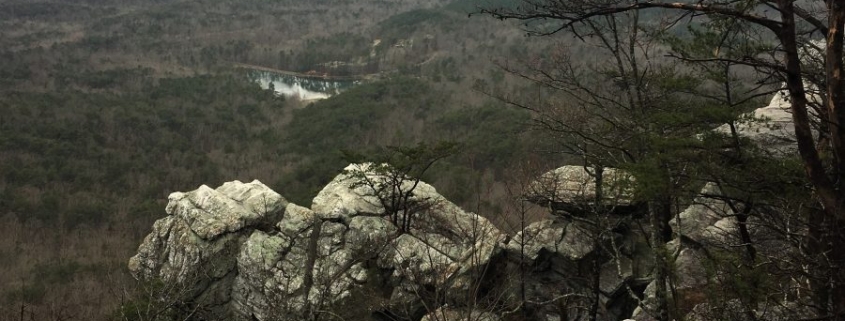Seeing and Translating Nature’s Infinite Storm of Beauty: My Keynote Atop the Mountain
This is the fourth and final post from my February 28-March 2 visit to Cheaha State Park. I joined some 120 environmental educators attending the annual meeting of the Environmental Educators Association of Alabama (EE AA). The group invited me to present the opening keynote address Thursday evening (2/28). I stayed for the entire conference, enjoying it immensely.
My first EE AA meeting post provided a broad conference and Cheaha overview: https://stevejonesgbh.com/2019/03/05/magic-and-wonder-on-the-mountain-an-inspiring-conference-at-cheaha-state-park/ (Magic and Wonder on the Mountain: An Inspiring Conference at Cheaha State Park). My second EE AA blog post explored a conflicting set of reactions and reflections to something we observed from the Rock Garden overlook during an interpretive hike: https://stevejonesgbh.com/2019/03/11/scars-upon-the-land-thoughts-stirred-by-a-view-from-cheahas-rock-garden/. The third post presented the exhilarating diversity of non-flowering plants I encountered during the limited time I ventured outdoors at Cheaha in intermittent rain and nearly continuous fog: https://stevejonesgbh.com/2019/03/20/non-flowering-plants-atop-the-mountain-at-cheaha-ee-aa-annual-conference/.
This post summarizes and highlights my keynote address: Seeing and Translating Nature’s Infinite Storm of Beauty. One hundred thirty years ago John Muir wrote, “When we contemplate the whole globe as one great dewdrop, striped and dotted with continents and islands, flying through space with other stars all singing and shining together as one, the whole universe appears as an infinite storm of beauty.” I love the phrase, the ultimate descriptor of my own sentiments toward Nature. I believe that Muir, as do I, viewed the infinite storm of beauty as both literal and metaphorical.

Who could not accept that term to describe the sunset from Bald Rock February 28! I shared with the audience my emotional exhilaration as I walked the trail just hours before the keynote, the heart-pounding thrill of being back atop Cheaha. I mentioned the spiritual dimension of Nature’s power and influence over me. We discussed my secular bible, Aldo Leopold’s 1949 A Sand County Almanac. Several excerpts from his Almanac are at least as relevant today as 70 years prior:
- “There are some who can live without wild things and some who cannot. These essays are the delights and dilemmas of one who cannot.”
- “Is education possibly a process of trading awareness for things of lesser worth? The goose who trades his is soon a pile of feathers”
- “Education, I fear, is learning to see one thing by going blind to another.”
- “…the most fun lies in seeing and studying the unknown.”
- “The objective is to teach the student to see the land, to understand what he sees, and enjoy what he understands.”
My Mission and Theirs
For the first time in my life I have written an actual self-mission statement: Employ writing and speaking to educate, inspire, and enable readers and listeners to understand, appreciate, and enjoy Nature… and accept and practice Earth stewardship. Ironically, I discovered as I prepared for the keynote, that EE AA’s mission is uncannily similar: Our mission is to enhance the abilities of formal and informal educators to connect people to the natural world in order to foster responsible stewardship. I had come to the right group to share my message to encourage and seek a better tomorrow through Nature-Inspired Living!
I related one such literal storm of beauty, from my first book, Nature Based Leadership, describing my attempt to summit New Hampshire’s Mount Washington, New England’s highest peak at 6,288-feet (January 2015). The lower elevations, covered in dense northern hardwood and white pine forests, held a two-foot snowpack. Scudding clouds, brisk breezes, and upper teens greeted us at the base (perhaps 1,500-foot elevation). We could see Washington’s east face to 4,500-feet clearly.

Above, spindrift raced across the upper slopes and summit, obscuring our view. We slowly ascended into spruce-fir forest, the trees shortening as we climbed to shrub spruce-fir, to tundra above 4,500 feet. There, the wind howled, and the blowing snow spurred donning our goggles and securing our arctic clothing. By 5,000 feet, visibility dipped in and out of zero; the ground blizzard blasted us; gusts knocked us from our feet more than once. Another two-to-three hundred feet vertical marked our apogee. We encountered fresh ten-foot drifts. The summit observatory reported winds in excess of 100 MPH and ambient temperatures well below zero. We risked life and limb by choosing other than to turn tail.”
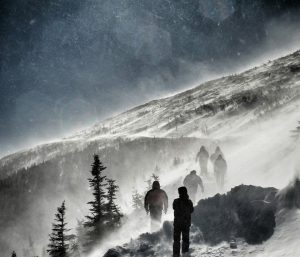
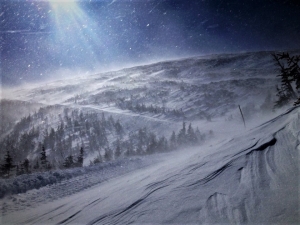
Just three days before my address, friend and colleague Will Broussard, who serves as Director of Education at the Mount Washington Observatory emailed me, “Update: We’ve reached 171MPH!! New Feb record! 8th windiest day in history! Highest winds in 33 years! So lucky and terrified to be on the summit right now.” Will and I had spoken more than once about what I call Pleasurable Terror! How strikingly similar that he referred to his experience February 25, 2019 as combination good fortune and terror — an infinite storm of beauty! The ambient air temperature that afternoon on Mt Washington reached a high of only 14 degrees Fahrenheit below zero!
I shared other photographs, most from the past year, depicting Nature’s ubiquitous infinite storms of beauty, these two from my January visit to Gulf State Park (golf course lower left; pine savanna lower right):
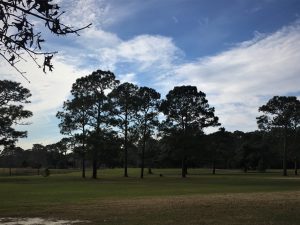
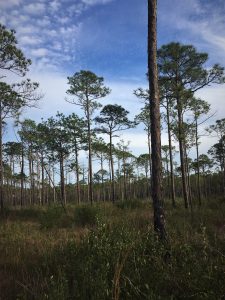
Nothing beats a Gulf-shore sunrise during that same visit:
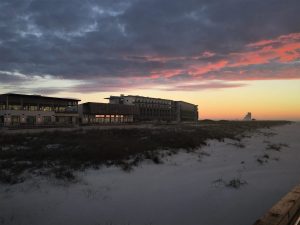
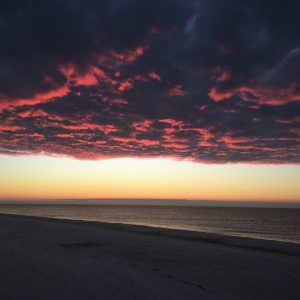
Or a lone slash pine silhouetted against a squadron of cirrus puffs at Gulf State Park (lower left). Nature’s magic and wonder take infinite shape and form. Lying on my back I captured cypress crown shyness above me on the boardwalk at Wheeler National Wildlife Refuge (WNWR; lower right). Like so many of us humans, we stand in our work-a-day worlds seeming shoulder to shoulder, yet never touching beyond the superficial. Crown shyness is both metaphorical and magically aesthetic, rich in magic and wonder in many dimensions.
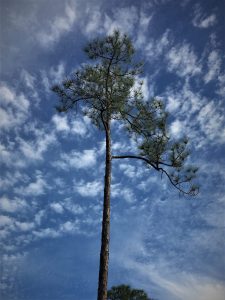
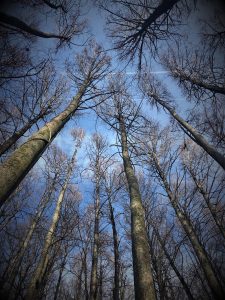
Magic and wonder bless all seasons and every location we have called home, from winter-burdened (and decorated) spruce along the Chena River in Fairbanks, Alaska (lower left) to our narrowing driveway in West Chesterfield, New Hampshire (lower right).
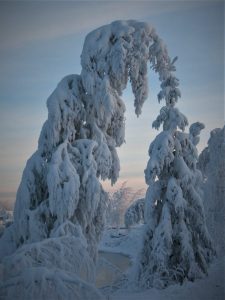
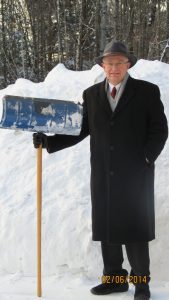
To summer sunset in my Madison, Alabama neighborhood (lower left) to fall-planted longleaf pine bordering a Greenway and a cotton field near my current home (lower right).
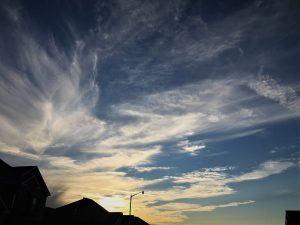
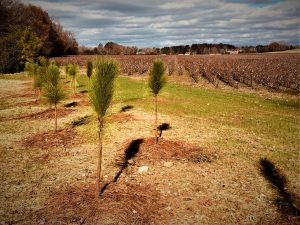
John Muir wrote, “In every walk with Nature one receives far more than he seeks.” Aldo Leopold observed, “Land health is the capacity for self-renewal in the soils, waters, plants, and animals that collectively comprise the land.” The cypress swamp (lower left) and flooded fields (lower right) near the WNWR visitors center corroborate Muir and Leopold’s wisdom.
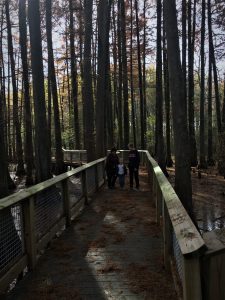
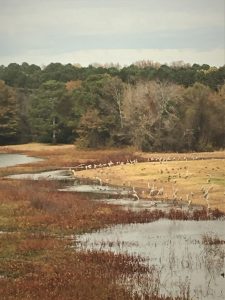
Nature’s infinite storms of beauty know no bounds. Wendell Berry offered his own variation on Nature’s infinite storms of beauty, “Outdoors we are confronted everywhere with wonders; we see that miraculous is not extraordinary, but is the common mode of existence. It is our daily bread.” A reality expressed below in two fall images at Camp McDowell and Conference Center.
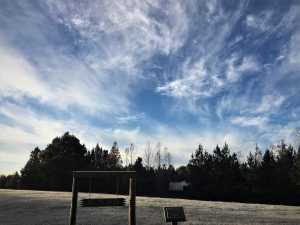
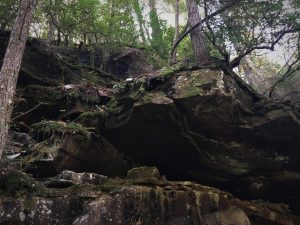
And on that same McDowell visit, a frosty morning field and a glorious fall afternoon at an interior beaver pond.
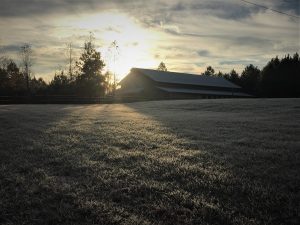
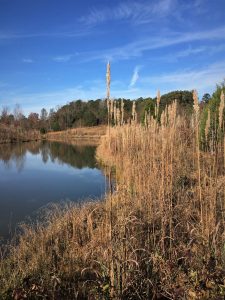
Storms of beauty also come at many scales, from a lichen festooned musclewood (lower left; Carpinus carolinia) to a rain-water-soaked American beech (lower right; fagus grandifolia).
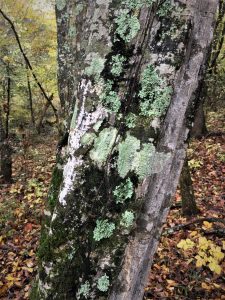
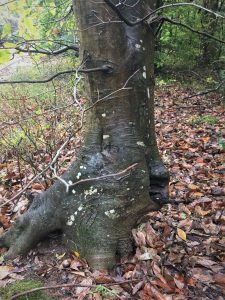
I could have gone on for scores more examples! Nature is indeed a source for infinite storms of beauty! My EE AA audience agreed. I reminded all of us that we are beauty-storm-stewards. Carl Sagan implored us some 20 years ago to recognize that we are alone on a mote of dust, a pale blue orb in the vast darkness of space. That no one will come from without to save us from ourselves. The burden of absolute responsibility is ours alone.
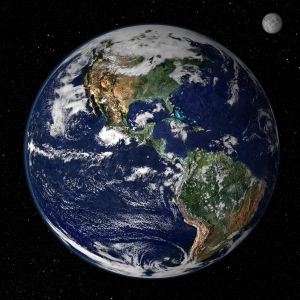
Earth Ethic
Aldo Leopold again enters the picture. We cannot survive indefinitely as a species and society unless we accept an Earth stewardship obligation. Leopold expressed prescient views in A Sand County Almanac, and offered them as eloquently 70 years ago as anyone since:
- “Land health is the capacity for self-renewal in the soils, waters, plants, and animals that collectively comprise the land.”
- “We reached the old wolf in time to watch a fierce green fire dying in her eyes. I realized then and have known ever since that there was something new to me in those eyes, something known only to her and to the mountain. I was young then and full of trigger-itch; I thought that because fewer wolves meant more deer, that no wolves would mean hunters’ paradise. But after seeing the green fire die, I sensed that neither the wolf nor the mountain agreed with such a view.” For Leopold, a life-changing moment. What is yours?
- “I have purposely presented the land ethic as a product of social evolution because nothing so important as an ethic is ever ‘written’… It evolves in the minds of a thinking community.”
- “We abuse land because we regard it as a commodity belonging to us. When we see land as a community to which we belong, we may begin to use it with love and respect.”
All of Leopold’s land ethic quotes correspond to my mission and EE AA’s. We are at one with Leopold. That leads me to my own purpose and passion. May 3, 2012, while taking an evening stroll in Urbana, Ohio, where I served as President, Urbana University, a motorist ran a stop sign as we were crossing an intersection, plowing into us and catapulting us scores of feet forward. We recovered, vowing to recognize that life is fleeting and fragile, and committing to make a difference with the remaining years of our lives. Novelist and playwright Bernard Malamud had the lead character in The Natural (his book and the resultant movie) say, “We have two lives to live. The one we learn with, and the one that comes after that.” Alabama’s own Helen Keller said, “Life is a daring adventure, or nothing.” And finally, Horace Mann, the mid-twentieth century education scholar, said, “Be ashamed to die until you have won some victory for humanity.” I offer these quotes to buttress my personal mission statement (my second life; my daring adventure; my victory for humanity): Employ writing and speaking to educate, inspire, and enable readers and listeners to understand, appreciate, and enjoy Nature… and accept and practice Earth stewardship.
As a result, all that I do is purpose-driven, passion-fueled, and results-oriented. I lean heavily upon the perspective that Louis Bromfield, best-selling mid-twentieth century author and playwright, applied to the “old worn-out” farm he purchased in the 1930s. He devoted his life to rehabilitating the soil at Malabar, his name for the farm. He said in his non-fiction book about his devotion, Pleasant Valley, “The adventure at Malabar is by no means finished… The land came to us out of eternity and when the youngest of us associated with it dies, it will still be here. The best we can hope to do is to leave the mark of our fleeting existence upon it, to die knowing that we have changed a small corner of this Earth for the better by wisdom, knowledge, and hard work.”
I must repeat Wendell Berry’s sentiment that echoes his own version of Nature’s infinite storm of beauty: “Outdoors we are confronted everywhere with wonders; we see that the miraculous is not extraordinary, but is the common mode of existence. It is our daily bread.”
My Final Thoughts on Alabama Environmental Education
- A Noble Calling
- High Purpose
- A privilege
- A gift
- A Professional Obligation
I expressed our shared mission and vision – to pass the torch of:
- Nature awareness and Appreciation
- Responsibility for Earth stewardship
- Boundless Enthusiasm and Joy for Nature – Deep Passion
- Discovering, Revealing, and Celebrating Nature’s Infinite Storm of beauty, magic, wonder, and joy!
May We Rise to the Challenge!
May this continue to be our Daily Bread!
May we all leave a Legacy!

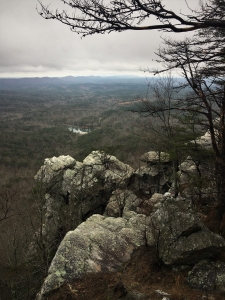

Thoughts and Reflections
I wrote my books (Nature Based Leadership (2016) and Nature-Inspired Learning and Leading (2017)) and the two scheduled for 2019 (Weaned Seals and Snowy Summits: Stories of Passion for Place and Everyday Nature and Natural Elixir: Lifting Your Life through Nature’s Inspiration) to encourage all citizens to recognize and appreciate that every lesson for living, learning, serving, and leading is either written indelibly in or is powerfully inspired by Nature. Both published books are available on Amazon and other online sources.
Here are three succinct lessons I draw from this Blog Post:
- In every walk with nature one receives far more than he seeks (John Muir).
- There is indeed magic and wonder atop the mountain… and everywhere in Nature we choose to look.
- Wendell Berry: In Nature we see that the miraculous is not extraordinary, but is the common mode of existence.
- John Muir: “When we contemplate the whole globe as one great dewdrop, striped and dotted with continents and islands, flying through space with other stars all singing and shining together as one, the whole universe appears as an infinite storm of beauty.”
Inhale and absorb Nature’s elixir. May Nature Inspire and Reward you!
Note: All blog post images created & photographed by Stephen B. Jones unless otherwise noted. Please circulate images with photo credit: “©2019 Steve Jones, Great Blue Heron LLC. All Rights Reserved.”
Another Note: If you came to this post via a Facebook posting or by an another route, please sign up now (no cost… no obligation) to receive my Blog Post email alerts: https://stevejonesgbh.com/contact/
And a Third: I am available for Nature-Inspired Speaking, Writing, and boutique Consulting — contact me at steve.jones.0524@gmail.com
Reminder of my Personal and Professional Purpose, Passion, and Cause
If only more of us viewed our precious environment through my own filters. If only my mission and vision could be multiplied untold orders of magnitude:
Mission: Employ writing and speaking to educate, inspire, and enable readers and listeners to understand, appreciate, and enjoy Nature… and accept and practice Earth Stewardship.
Vision:
- People of all ages will pay greater attention to and engage more regularly with Nature… and will accept and practice informed and responsible Earth Stewardship.
- Great Blue Heron clients will see their relationship to our natural world with new eyes… and will understand more clearly their Earth home.
Tagline: Steve (Great Blue Heron) encourages and seeks a better tomorrow through Nature-Inspired Living!


